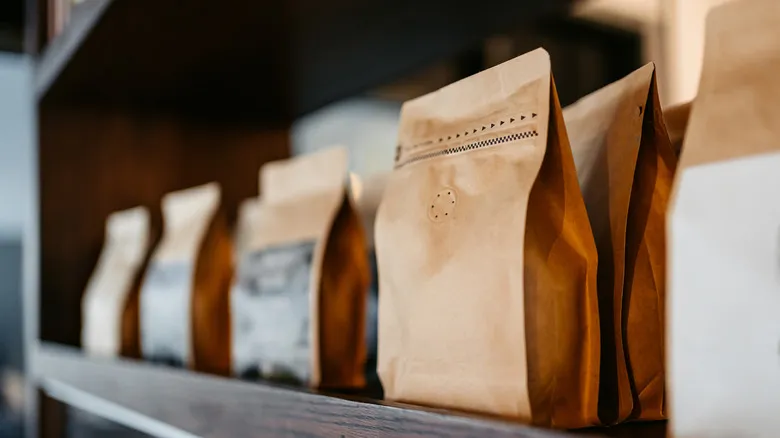Start by checking the coffee roast date
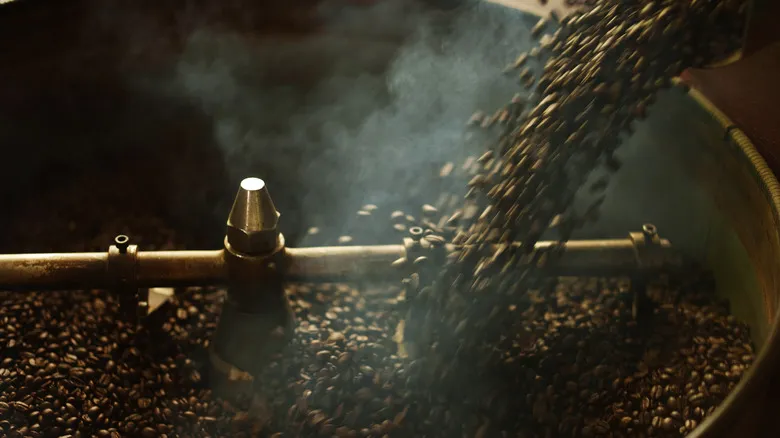
Freshness is essential for coffee quality, just like with other foods and drinks. However, you actually want to avoid coffee that is too fresh. Newly roasted beans contain a lot of carbon dioxide, which needs a few days to escape. Roasters typically wait about four days to achieve optimal flavor before vacuum sealing the beans. After this point, the coffee will gradually begin to lose its freshness, and a certain degree of aging can actually enhance the flavor. According to Woodburn-Simmonds, "You should aim to use your beans about 12 to 14 days after roasting."
The specifics of the aging process can differ depending on the type of coffee, making it challenging to determine exactly when a batch becomes stale. An unopened bag can remain drinkable for up to a year, although the taste will decline over time. Woodburn-Simmonds recommends avoiding beans that have been roasted more than a month or two before purchase to ensure the best flavor. Even high-quality beans won't taste good when they are old, so the roast date should be the first thing you check. If the roast date is missing, it's best to skip those beans—while the bagged beans may make the store smell inviting, exposure to air and light can lead to a lower quality cup when you brew them at home.
Select coffee bags with detailed origin information
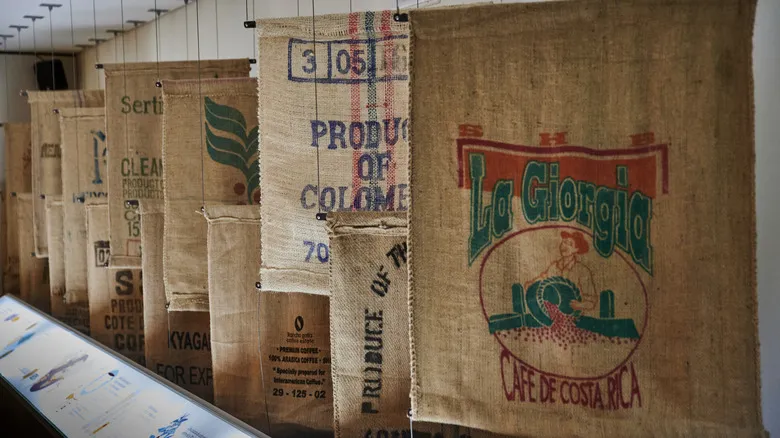
Beyond freshness, it's important to seek out more detailed information about your coffee bag. Knowing the origin can provide valuable insights into general flavor profiles; for example, it can give you a rough idea of the bold acidity found in Kenyan coffees compared to the clean and vibrant taste of Costa Rican beans. However, Woodburn-Simmonds warns that "there can be significant variation within countries and regions," so it's unwise to assume that all Brazilian coffee will have the same flavor.
The more you understand about the origin, the more transparent the information about the producer becomes, which typically indicates higher quality. "A coffee sourced from a single farm is likely to be superior to one from a single region, which in turn is better than one from a single country," explains Woodburn-Simmonds. These specifics help ensure the best flavor, as, like other fruits, the harvest season varies depending on the growing area. Additionally, the breadth of available information suggests a well-established relationship between the roaster and the farmer, with roasting methods tailored to the specific beans. While there are tasty blends that combine beans from various origins, it can be more challenging to determine quality based solely on the label.
Acquaint yourself with trustworthy roasters
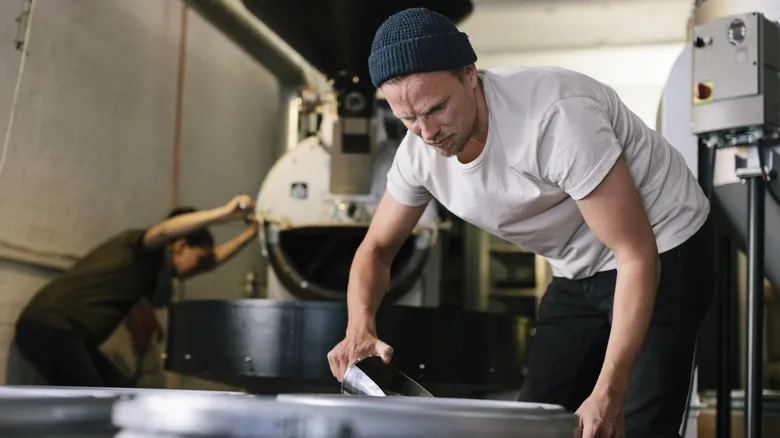
The process of coffee production involves numerous steps, each detail influencing the final brew. However, the roasting phase is particularly vital; it converts raw green coffee into a fragrant and flavorful beverage. Therefore, it's important to pay attention to the roaster indicated on the label. "Choose small roasters who are knowledgeable about the origin of their beans, have compensated producers fairly, and roast with care," advises Woodburn-Simmonds.
Roasting is a nuanced craft that takes years of experience to master. Considerable effort is required not only to pair the sourced coffee beans with their optimal roasting temperature but also to achieve a specific roasting style. For instance, whether you're using an AeroPress—Alton Brown's preferred coffee tool—or an espresso machine, it's essential to align your roast type with your brewing method. So, check the roast level on the label to maximize the potential of your beans.
Moreover, roasters often source beans from producers or cooperatives, placing them in a crucial position regarding the sustainability of the coffee industry. Most coffee farms operate as small businesses, facing unpredictable harvests and fluctuating prices. Additionally, the coffee industry has a troubling colonial history, characterized by inequitable profit distribution. Supporting a reputable roaster fosters positive business relationships, which can lead to long-term success for coffee farmers.
Become versed in reputable coffee certifications
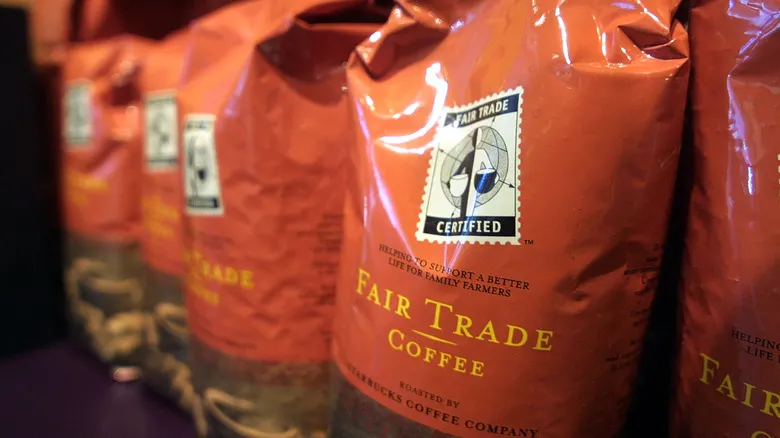
You can also find various certifications on the packaging. However, keep in mind that many of these do not guarantee that you will enjoy the taste; they simply indicate compliance with specific regulatory or agricultural standards. As Woodburn-Simmonds points out, "Obtaining certification can be quite expensive, particularly for labels like USDA Organic, and some producers may not have the financial means to pursue it, so the absence of such certification isn't necessarily a negative." Nonetheless, it's beneficial to understand the meaning behind each term.
In the food industry, an organic label indicates a high level of certification from the USDA, which involves regular inspections. This is a well-respected and verified credential that reflects a commitment to practices such as avoiding pesticides, implementing crop rotation, and making other environmentally conscious choices. It's important to note that some producers may meet these criteria but choose not to seek certification.
Another significant label is Fair Trade Certified™, which must be displayed exactly as written (as it is sometimes counterfeited). This certification addresses market volatility by establishing a minimum selling price that must be followed. It is primarily aimed at cooperatives and also directs funds toward community projects. While it is a commendable certification to find on a label, our expert warns that "it does not guarantee that the funds are equitably distributed to the workers."
Be cautious of labels like direct trade, which Woodburn-Simmonds describes as "a nice idea... but legally meaningless." Similarly, the label Shade Grown can be claimed by any producer. On the other hand, the Rainforest Alliance Certified™ label signifies good practices, but many consider its requirements to be insufficiently rigorous.
Avoid big brand coffee
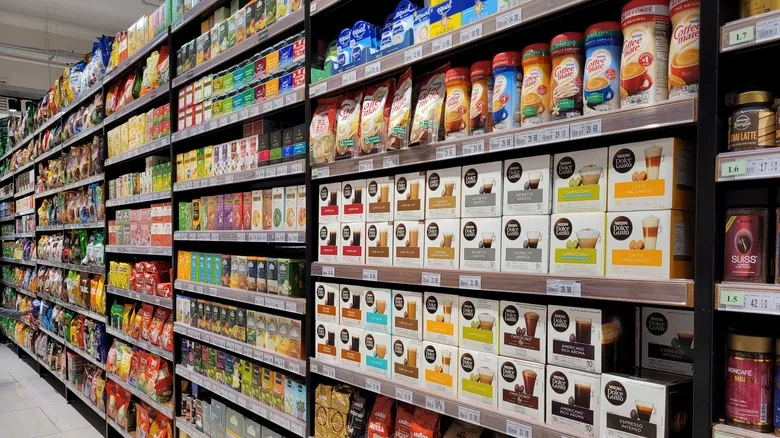
As the specialty coffee industry continues to expand globally, finding bagged coffee that meets specific standards has become increasingly accessible. However, this market has also seen the emergence of large multinational corporations, with numerous brand names supplying retailers around the world. Woodburn-Simmonds advises against supporting these corporate coffee initiatives, pointing out that they often "massively overcharge you for poor quality to benefit shareholders." He notes that such coffees are typically over-roasted and poorly sourced, falling short in multiple areas.
Scaling coffee production to a corporate level contradicts the traditional production process. Approximately 75% of coffee beans are cultivated on small farms, many of which are situated in regions that are particularly susceptible to economic and environmental challenges. Issues like deforestation and water scarcity pose significant risks, making coffee production vulnerable to climate change. Furthermore, wage disparities and labor exploitation are regrettably prevalent in the industry, especially when large corporations push prices down. Corporate coffee conglomerates frequently lack transparency, making it difficult to make ethical purchasing decisions. Therefore, it’s advisable to avoid these companies and, whenever possible, support smaller operators who maintain connections with trusted growers when buying bagged coffee.
Recommended

Scientists Figured Out How To Prevent Film From Forming On Your Tea
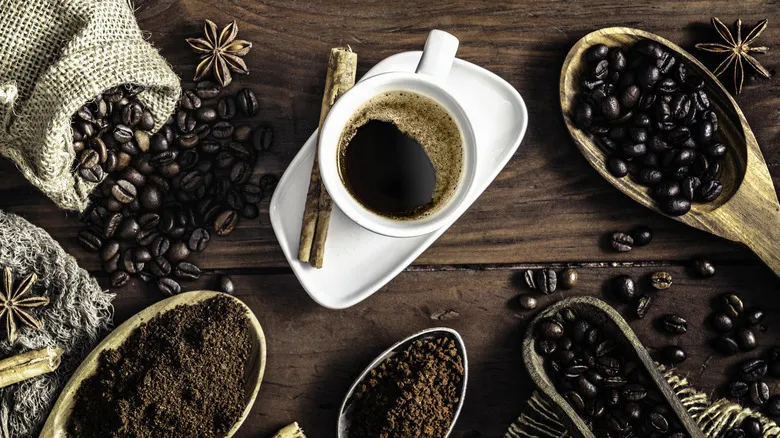
How Much Caffeine Is There In Decaf Coffee?
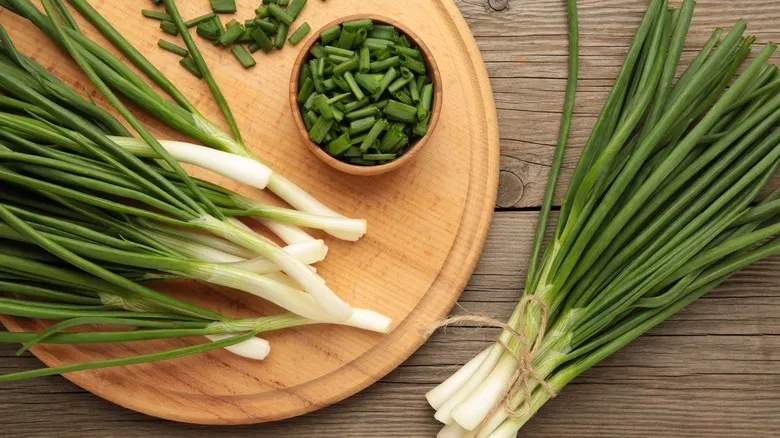
Green Onion Coffee Is All The Rage In China. Is It Worth Trying?

A Coffee Expert's Advice On Making Latte Art For Beginner Home Baristas
Next up

